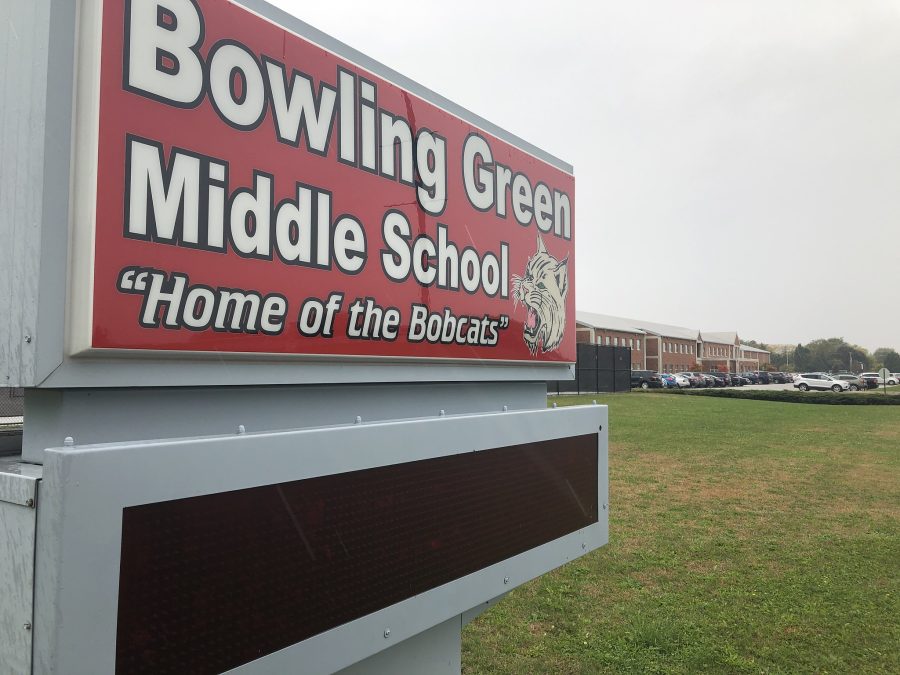Within the first two months of the new year, two earthquakes with magnitudes of 7.0 and 8.8 struck Haiti and Chile respectively, leaving hundreds of thousands dead and millions homeless. With two catastrophic earthquakes already under 2010’s belt, some might wonder what the chances are of this type of natural disaster happening in Ohio.
Experts at the Ohio Seismic Network said northwest Ohio was shaken by a small earthquake at about 5 p.m. on Feb. 25. Mike Hansen, coordinator of the Ohio Seismic Network, said the quake was a magnitude 2.5 and was located between Bettsville and Fostoria in Seneca County.
According to a reviewtimes.com report, Aymee Flores, 31, of Fostoria, was getting ready to go out to dinner when she said she could feel the ground start to shake.
“It made horrible noises. It was really an eerie feeling. I thought that my husband Greg had hit the garage with his car,” Flores said in the report.
Flores ran to her 4-year-old son to see what was happening when they nearly knocked each other down.
“My son was terrified,” she said. “It took both of us by surprise.”
The Division of Geological Survey of the Ohio Department of Natural Resources coordinates a network of 25 seismograph stations throughout Ohio, including one at the University. According to the network, Ohio has experienced more than 160 noticeable earthquakes since 1776; 15 of them caused minor to moderate damage.
Hansen said the probability of earthquakes occurring in Ohio is very high.
“Ohio averages about six earthquakes per year,” Hansen said. “These occur mostly in northeast Ohio and in western Ohio in places such as Shelby.”
The Ohio Seismic Network is an organization run by volunteers across the state that operates seismic stations 24 hours a day, seven days a week. Hansen said the stations pick up any ground motion and record it to measure the magnitude of any earthquakes.
“With this data, we can then locate the epicenter of the quake and figure out its seismic risk, as well as inform us about faults that lie beneath the surface of the ground,” he said.
Hansen said the recent earthquake in Fostoria was of a small magnitude, and took place about three miles below the surface of the ground. Any populated areas would have had a noticeable shake that lasted only a few seconds.
“It is important that people understand that Ohio is a pretty active state, more active than any other surrounding states,” Hansen said. “Big earthquakes happen about every hundred years or so, and since we have records that date back to over 200 years, it is very possible that Ohio could have an earthquake up to a magnitude of 6 tomorrow, or in 100 years. This is why it is important for our researchers to try and get a handle on it.”
Hansen said the reason Ohio has such a high probability of earthquakes is because the state is located on top of flat rock, which creates a risk bigger than the risk in places such as California, because California has mountains that usually block earthquakes from continuing.
“It’s useful information for students to know that during earthquakes things such as bookshelves fall down,” he said. “It is smart for people to crawl under a large sturdy table, or stand in a doorway, where the walls reinforce it. It is also smart for people to anchor their hot water heaters to doors to prevent any gas leakage.”
The most notable earthquake in Ohio happened on March 2, 1937, in Anna. According to earthquake.gov, plaster fell and walls cracked in a school house, which was later declared unsafe. Many chimneys were thrown down. It was estimated to have been a magnitude of about 5.4. The total area affected by the earthquake included approximately 181,000 square kilometers in Ohio, Indiana and Michigan.






















